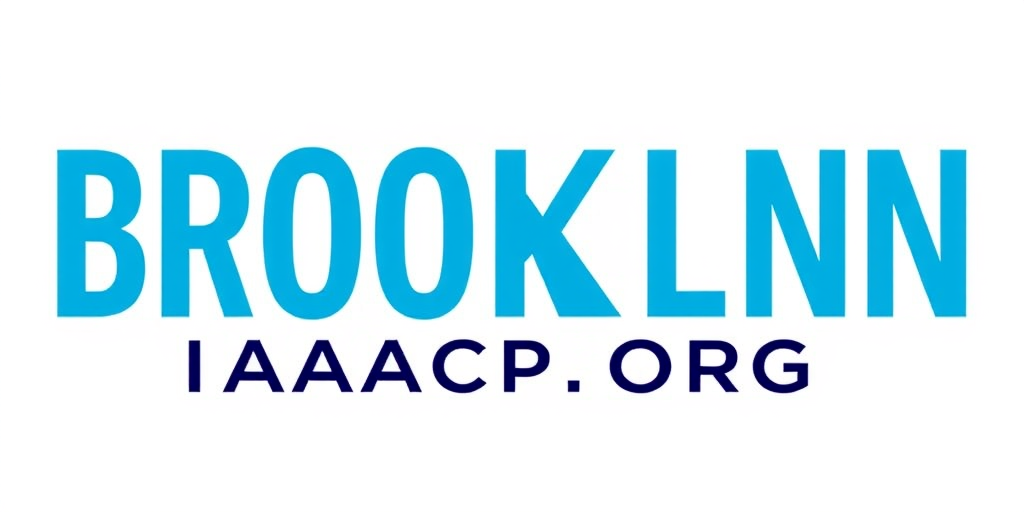
The drug Vigabatrin: The Next Generation of Neuropharmacology
Vigabatrin solution is a significant advancement in the area of neuropharmacology, capturing the attention of research professionals and healthcare providers alike. As a special seizure-reducing medication, this medication has been administered to manage partial seizures and infantile seizure disorders, making it a vital alternative for patients who do not respond to conventional treatments. This novel solution operates by inhibiting the degradation of gamma-aminobutyric acid, a brain chemical that plays a essential role in modulating nerve cell excitability.
As we delve deeper into the treatment potential of vigabatrin solution, it becomes evident that its applications extend beyond the conventional scope of managing epilepsy. 補習班 Ongoing research is uncovering new applications for its use in various neurodegenerative diseases and psychiatric conditions. By analyzing the details of vigabatrin's working process and its expanding therapeutic landscape, we can recognize its role in shaping the evolution of neuropharmacology and enhancing treatment outcomes for patients across the globe.
Mechanism of Action
This medication exhibits a unique mode of action that distinguishes it apart from other anticonvulsants. It primarily functions as an permanent inhibitor of the enzyme GABA transaminase, which is crucial in the breakdown of GABA. By blocking this enzyme, vigabatrin effectively boosts the availability of GABA in the synaptic cleft, leading to enhanced inhibitory neurotransmission. This increase in GABA levels is crucial for controlling epileptic seizures in individuals with this condition.
The heightened GABAergic activity caused by vigabatrin results in heightened inhibition of neuronal excitability. This is particularly beneficial in conditions characterized by abnormal neuronal activity, such as focal seizures. By increasing GABA levels, vigabatrin helps restore the equilibrium between stimulating and calming signals in the brain, thus providing a therapeutic effect in epilepsy management. This distinctive approach offers a distinct advantage over other medications that may chiefly act on stimulating neurotransmitter systems.
In addition, the effects of vigabatrin extend past its anticonvulsant properties. Research has indicated that elevated GABA levels may have brain-protecting effects, potentially offering new avenues for treatment in various neurological disorders. The ongoing research into vigabatrin's broader implications in neuropharmacology highlights its hopeful potential as a therapeutic agent in managing not only epilepsy but also other conditions characterized by impaired GABAergic function.
Clinical Applications
Vigabatrin solution has emerged as a crucial treatment option for particular types of epilepsy, especially in patients who are unresponsive to other antiepileptic drugs. It is primarily used in managing complex partial seizures and infant spasms, conditions that often present significant challenges in both diagnosis and treatment. The unique mechanism of action of vigabatrin, which involves the irreversible inhibition of the enzyme GABA transaminase, raises GABA levels in the brain. This action helps stabilize neuronal excitability, thus contributing to seizure control.
Moreover, the clinical effectiveness of this treatment is notably observed in patients with tuberous sclerosis complex, a genetic disorder that can lead to severe epilepsy. In this context, the medication not only helps in reducing the frequency of seizures but also enhances overall developmental outcomes. The liquid form of this drug allows for flexible dosing and is particularly beneficial for young children or patients with swallowing difficulties, making it a valuable addition to the arsenal of medications available for treating these complex conditions.
Aside from epilepsy, ongoing research is exploring additional therapeutic roles for this medication in addressing various neuropsychiatric disorders. Preliminary studies suggest possible benefits in conditions such as anxious disorders and depressive disorders, where GABAergic transmission plays a pivotal role. Although these applications require further investigation, they underscore the promising future of vigabatrin beyond its established uses, potentially offering hope for patients with varied neurological challenges.
Future Pathways
Research into vigabatrin continues to discover encouraging avenues for its employment in managing a range of neuropsychiatric disorders. Active clinical trials are investigating its effectiveness in cases other than epileptic conditions, such as persistent depression and anxiety conditions. These research efforts aim to elucidate the underlying processes that influence vigabatrin's therapeutic effects, providing understanding into its role in the regulation of neurotransmitters and neural adaptability, which may lead to wider implementations in neuropharmacology.
Moreover, the creation of innovative preparations of vigabatrin is an area of importance for upcoming studies. Enhanced administration methods, such as nanoparticle-based formulations or sustained-release mechanisms, could enhance availability and clinical results. By optimizing dosage options, researchers hope to mitigate negative impacts and enhance treatment compliance, leading to better management of conditions that are presently difficult to address.
Finally, a comprehensive understanding of the chronic outcomes and safety profile of vigabatrin solution remains critical. As the drug's application expands, inquiries focusing on its possible neurotoxic repercussions and interactions with other therapies will be essential. This information will ensure that this medication can be safely integrated into broader care strategies, ultimately placing it as a key element of future mental health strategies.
